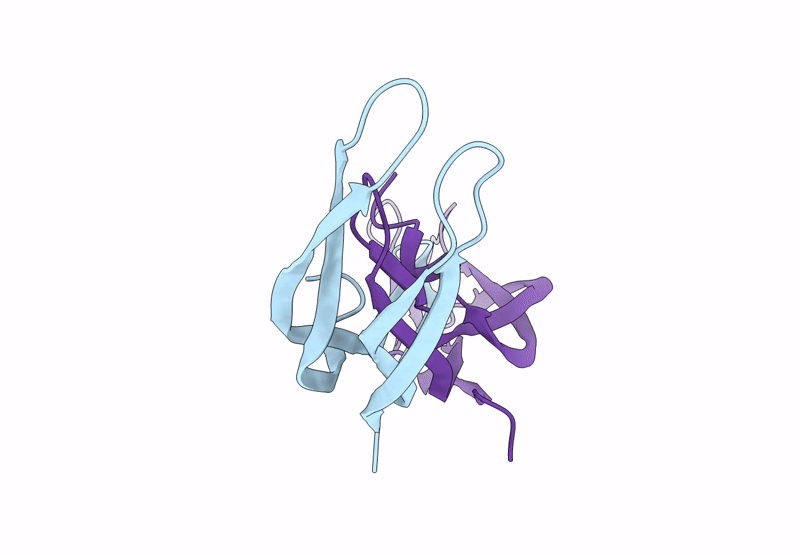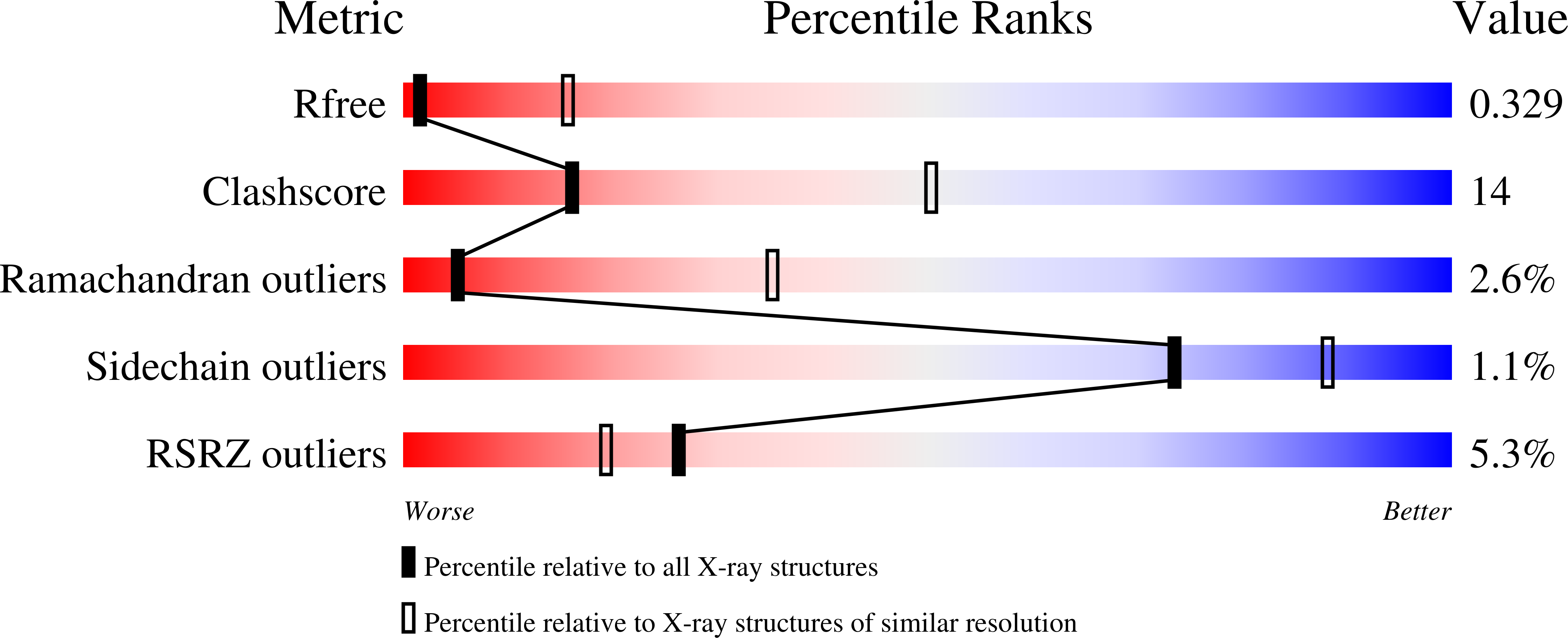
Deposition Date
2022-09-29
Release Date
2023-01-11
Last Version Date
2024-11-13
Entry Detail
PDB ID:
8END
Keywords:
Title:
Crystal structure of LGR ligand alpha2/beta5 from C. elegans in crystal form 1 (SeMet)
Biological Source:
Source Organism:
Caenorhabditis elegans (Taxon ID: 6239)
Host Organism:
Method Details:
Experimental Method:
Resolution:
3.54 Å
R-Value Free:
0.32
R-Value Work:
0.28
R-Value Observed:
0.28
Space Group:
P 32 2 1


